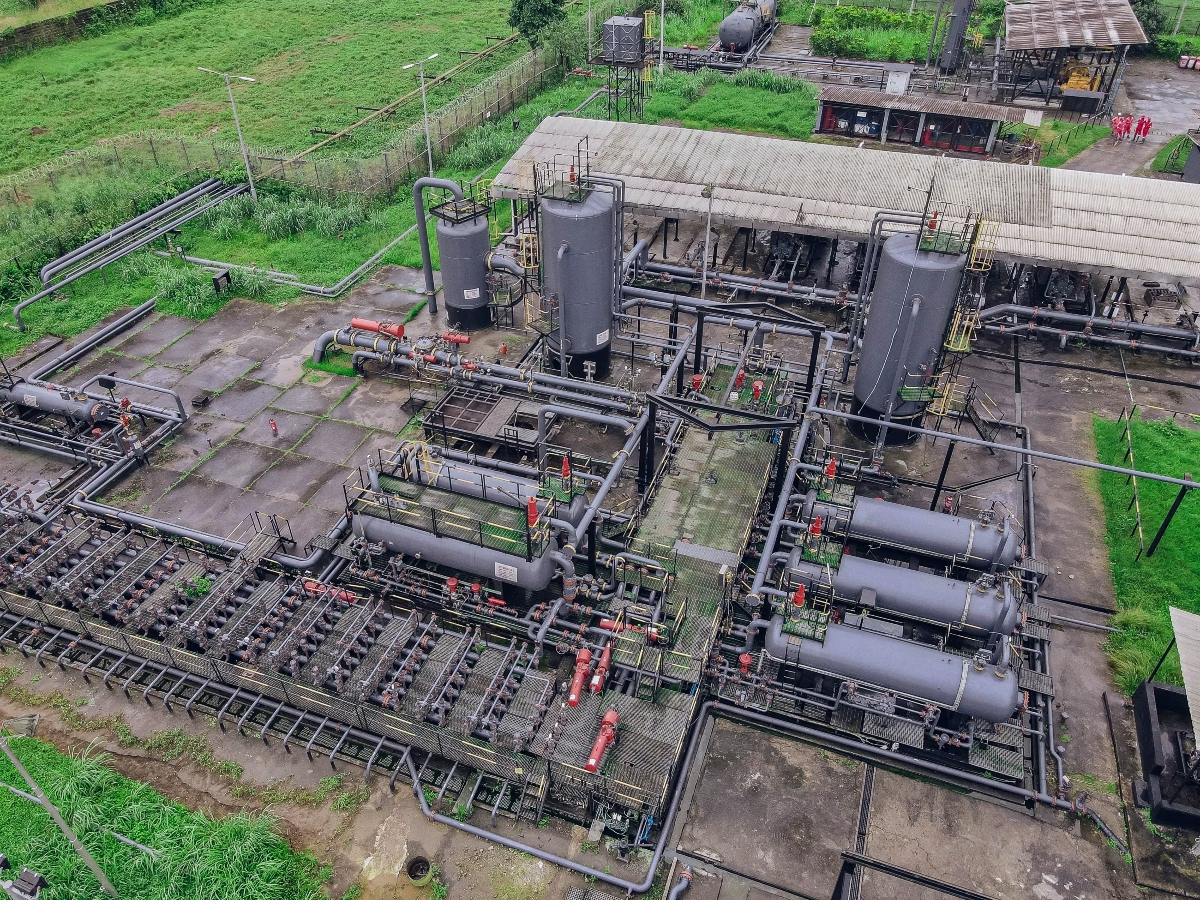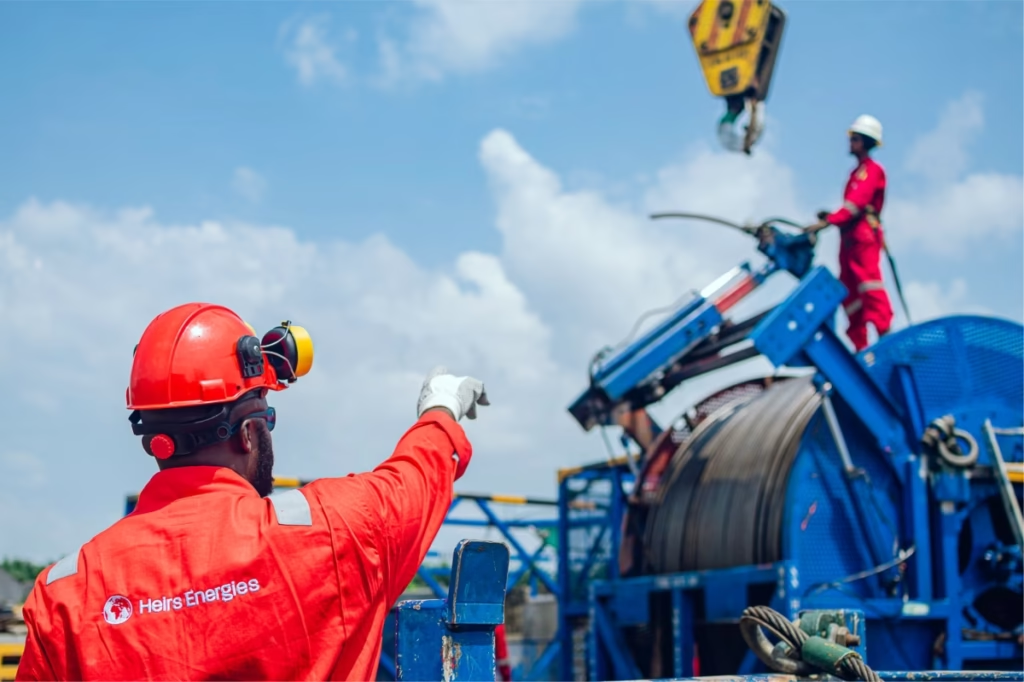With investments in training and indigenous contractors, Heirs Energies restored production at a once-struggling asset, signalling confidence in Nigerian expertise and the future of domestic energy.
When Heirs Energies took over Oil Mining Lease (OML) 17 in 2021, the asset was struggling. Production had dwindled and infrastructure was ageing. Four years later, the story has changed dramatically: oil output has more than doubled, gas production has surged, and the field is now run entirely by Nigerians.
Heirs Energies, Africa’s largest indigenous-owned energy company, deliberately bet on local capacity. Instead of relying on costly foreign consultants, the company staffed their over $1billion investment, OML 17, with a 100% Nigerian workforce and ensured that 95% of contracting was awarded to indigenous firms.
“We believe in ownership, speed and resilience,” says Osayande Igiehon, CEO of Heirs Energies. “Local teams understand terrain, culture and communities better. Building Nigerian capability secures our long-term licence to operate.”

This focus on people and culture has been a large part of the transformation. Vice President of Human Resources, Ms Eluemuno` Olumagin, explains: “Heirs Energies has strategically assembled a phenomenal team and fostered an enabling culture that drives innovation and challenges the status quo. Our unwavering commitment to developing talent and contractor capacity has culminated in a highly skilled Nigerian workforce that successfully and safely operates one of the most complex assets in the country. This performance is a compelling demonstration that African organisations, through strategic people investment, can compete and excel on the global stage.”
The results speak for themselves. Oil production in OML 17 rose from around 20,000 barrels of oil equivalent per day (boepd) in 2021 to consistently exceeding 50,000 boepd in 2025, while gas output climbed from 70 million standard cubic feet per day (MMscf/d) to around 125 MMscf/d. Now, Nigerian engineers and contractors manage five flow stations, two Associated Gas Gathering (AGG) plants, and two Non-Associated Gas (NAG) plants. The ripple effect has boosted the economy of Rivers State and beyond, creating jobs and strengthening local supply chains.
Reaching this point involved overcoming significant obstacles. According to Igiehon, three hurdles stood out:
- Skills: Addressed through structured training programmes, mentorship opportunities, and partnerships with original equipment manufacturers to facilitate on-the-job learning.
- Processes: Outdated systems were replaced with lean, value-driven operations and global Health, Safety and Environment standards.
- Vendors: Capacity was expanded to build a 95% indigenous contractor base, keeping jobs and spending in Nigeria.
Once these foundations were in place, the company focused on repairing and expanding OML 17. Ageing pipelines were fixed, bottlenecks were removed, and more than 100 dormant wells were reactivated. Safety became a core value: staff were trained to see themselves as safety officers, leading to over 1.5 million safe man-hours and 1,627 Lost-Time Injury-free days by mid-2025.
On the ground, ingenuity further drove success. Rather than relying on costly interventions, Heirs Energies scaled up gas production using innovative local solutions such as low-cost, rigless through-tubing. In November 2024, the Agbada-68T well was restored using this approach, followed by Agbada-67T in August 2025. Together, they added 65 MMscf/d of gas capacity.
“OML 17 was a classic brownfield value opportunity,” Igiehon reflects. “It was a quality asset underperforming due to underinvestment and security challenges. We believed that we could unlock its full potential with local know-how, our Africapitalism philosophy, and our commitment to brownfield excellence.”
Looking ahead, if this model succeeds in the long term, Heirs Energies may well set a precedent for indigenous operators across Africa: ownership of skills and suppliers, investment in domestic gas, and nimble technical interventions to revive underperforming assets.
For Nigeria — and for Africa more broadly — it is a powerful example of what can be achieved when local solutions are implemented by local hands, delivering prosperity for communities while securing the continent’s energy future.

